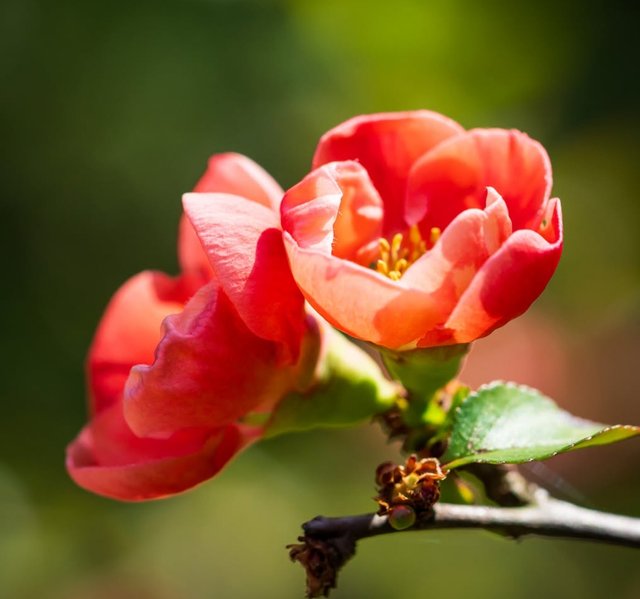So Beautiful Flowering Quince Flower
The Underrated Beauty of Flowering Quince: A Harbinger of Spring
When winter begins to loosen its icy grip, one of the first shrubs to burst into bloom—often before the snow has fully melted—is the flowering quince. This tough, resilient plant brings a much-needed splash of color to the late winter and early spring garden. Despite its hardiness and stunning blooms, flowering quince remains a somewhat underrated and underused shrub in modern landscapes. Let’s dive into why this plant deserves more attention.
A Botanical Overview
Flowering quince is a member of the Rosaceae family, native to eastern Asia, particularly Japan, China, and Korea. There are several species and many cultivars, with Chaenomeles speciosa, Chaenomeles japonica, and the hybrid Chaenomeles × superba being the most common in cultivation.
The shrub typically grows 3 to 10 feet tall, depending on the species and cultivar. It’s deciduous, with tangled branches—often thorny—that contribute to its appeal as a natural hedge or barrier. The true star of the plant, however, is its vivid, cup-shaped flowers, which come in shades of red, orange, coral, pink, and white.
Early Spring Blooms
One of the most delightful things about flowering quince is its early blooming period. Often blooming in late February or March, the flowers appear on bare wood before the leaves emerge, making them especially striking against a bleak, late-winter backdrop. The profusion of blossoms attracts early pollinators and can even be brought indoors for forcing in winter—just clip a few branches and place them in a vase of water.
Cultivars and Colors
Thanks to decades of cultivation, flowering quince comes in a wide array of colors and sizes. Some popular cultivars include:
‘Texas Scarlet’ – Brilliant red flowers, compact growth.
‘Cameo’ – Peach-pink blooms with a rounded form.
‘Jet Trail’ – White flowers and a spreading habit.
‘Orange Storm’ – Part of the Double Take series, known for large, double orange blooms and thornless branches.
Modern varieties are often thornless and fruitless, bred more for ornamental value than for their traditional use as a fruiting shrub.




Thanks For Reading
Device Information
| Device | cannon eos 700D |
|---|---|
| Lens | 55-250 zoom leans |
| Location | Bangladesh |
